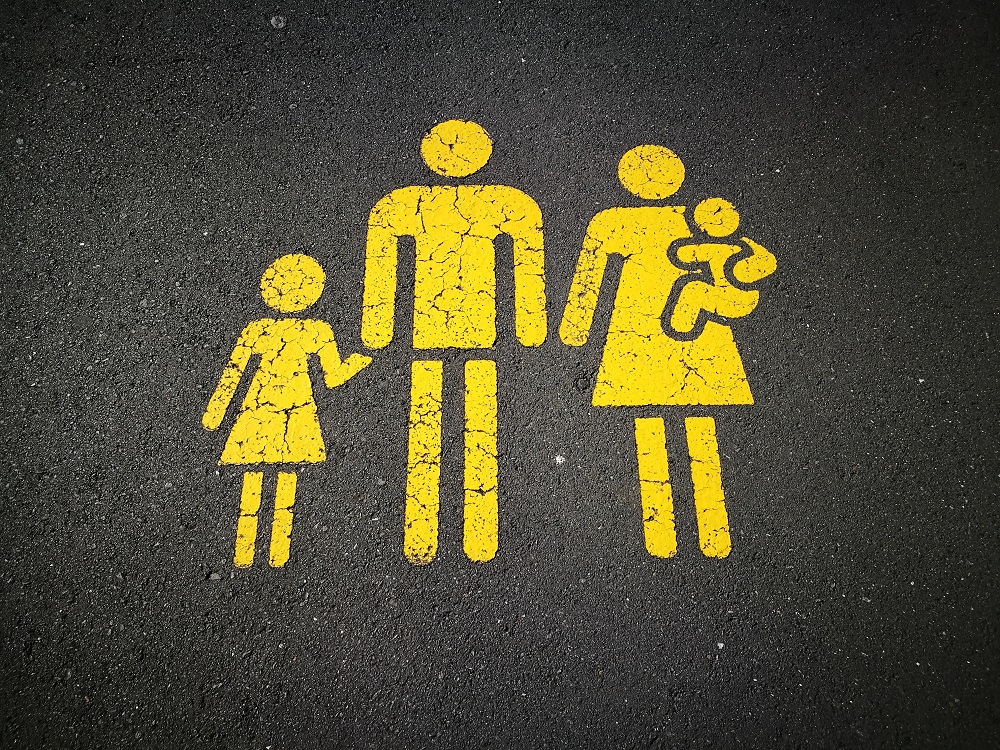Under the threat of the COVID-19 pandemic, Germany and other governments around the world have used social distancing to slow the spread of the virus. We see progress due to all the efforts – but still, we wonder if it will be enough to keep the virus under control.
Many questions linger. Is there enough testing? Can hospitals accurately project their bed capacity and staffing requirements? Are there enough ventilators? Why are there discrepancies in case numbers? Many regions of the world also face the looming threat of economic disaster.
Individuals and organizations around the world have been working at a frenzied pace to find treatment options, vaccines and effective testing measures. Never has there been a greater need to use our collective wisdom and seek out solutions.

Identifying projects: The selection process and jury
Recognizing that data analytics can help address crisis situations, Germany sponsored a massive, online hackathon from March 22 to 23. Named #WirVsVirus, the hackathon engaged 43,000 volunteer coders to work on one of 1,500 remotely connected teams searching for innovative ways to mitigate the effects of the COVID-19 pandemic. Working from their home offices, the groups were charged with solving one of 800 challenges submitted by 1,900 patrons.
Using publicly accessible health data from hospitals, institutes, registration offices and more, the coders worked together – digitally connected – for 48 hours. Teams shared exciting ideas, then worked to convert them into minimum viable products (MVPs) that could help in some way with coronavirus efforts. When a team needed any type of unique expertise, they found it among other registrants within minutes, then used it to inform their projects.
In parallel, a jury of mentors representing the German government, citizens and the tech community evaluated 100 projects and proposed funding for them over the next six months. The project relies on crowdsourced funding sources combined with professional sponsors.
Some examples of the projects being developed as a result of the hackathon are:
- A do-it-yourself ventilator.
- de – a platform to coordinate volunteer caregivers – and HelferHände, an e-learning platform that prepares volunteers to work at hospitals.
- A crowdsourcing platform for private mask production, linking volunteer seamstresses and institutions that need masks (2,500 masks have already been provided).
- Optimization methods for inventory and supply chains used for temporary warehouses.
- A platform that supplies medical and nursing staff with needed food and other essential from restaurants, stores, etc.
- AI-based capacity planning for COVID-19 patients at hospitals.
- Bedfinder – a sensor-based, automatic registration of intensive care beds connected to control rooms and ambulances.
- Hospital@Home – a program providing for care and monitoring of COVID-19 patients who don’t require inpatient care.
- 3D-printed face masks.
The hackathon was a lesson in how much we can accomplish working together in a digital world. I was honored to be part of this effort to fight coronavirus. Likewise, I was inspired by the thousands of enthusiastic people who donated their time and skills to finding solutions to many COVID-19 dilemmas.
Watch these videos on YouTube (in German) to learn about some of the hackathon’s projects. SAS has 40 years of expertise in advanced analytics, such as AI. We've set up a Covid-19 task force in the DACH region to support you during this crisis. We offer free consultations and can provide recommendations for how to address the challenges you are facing. For more information, contact Andreas.goedde@sas.com, rainer.sternecker@sas.com or covid-lab@sas.com.
